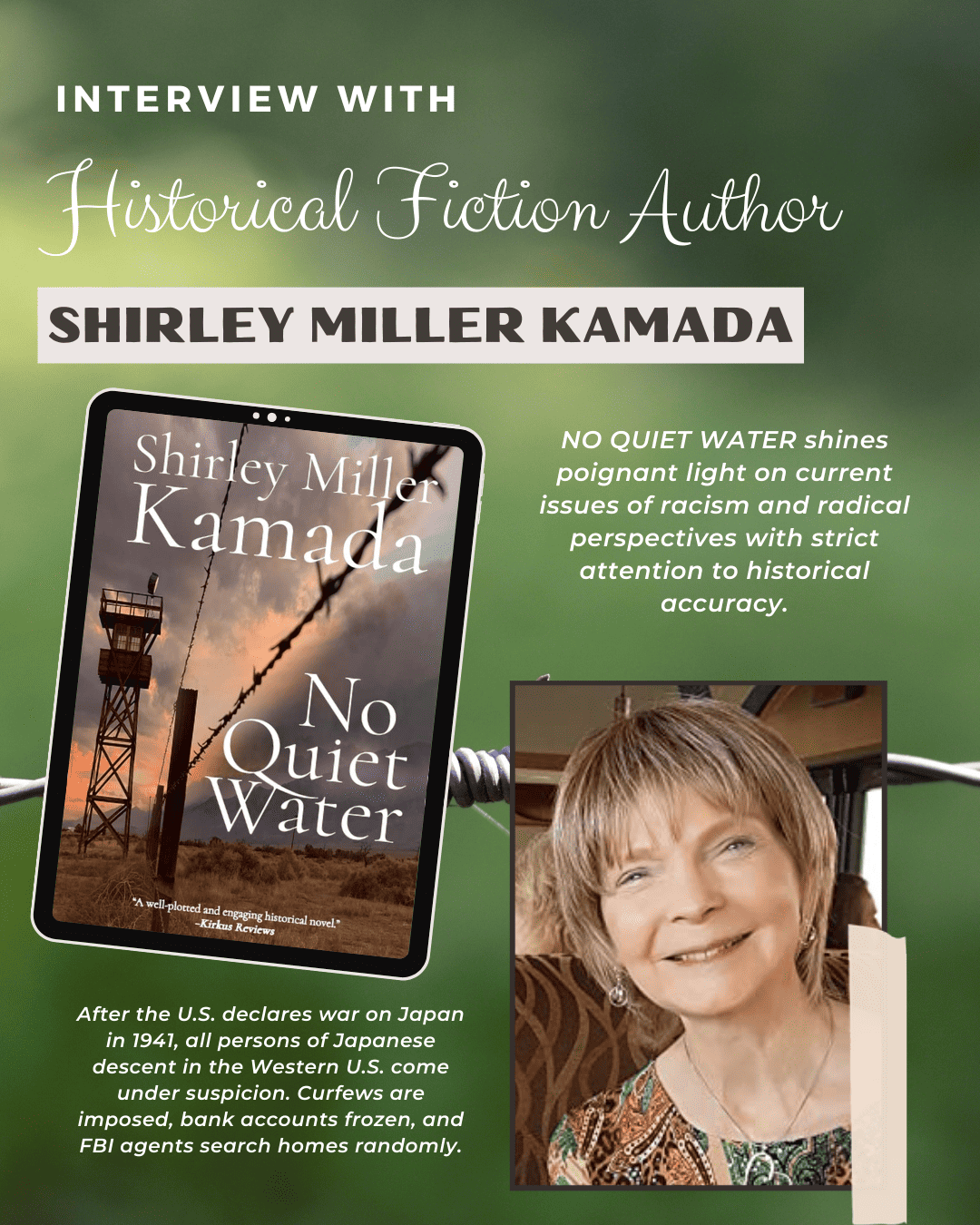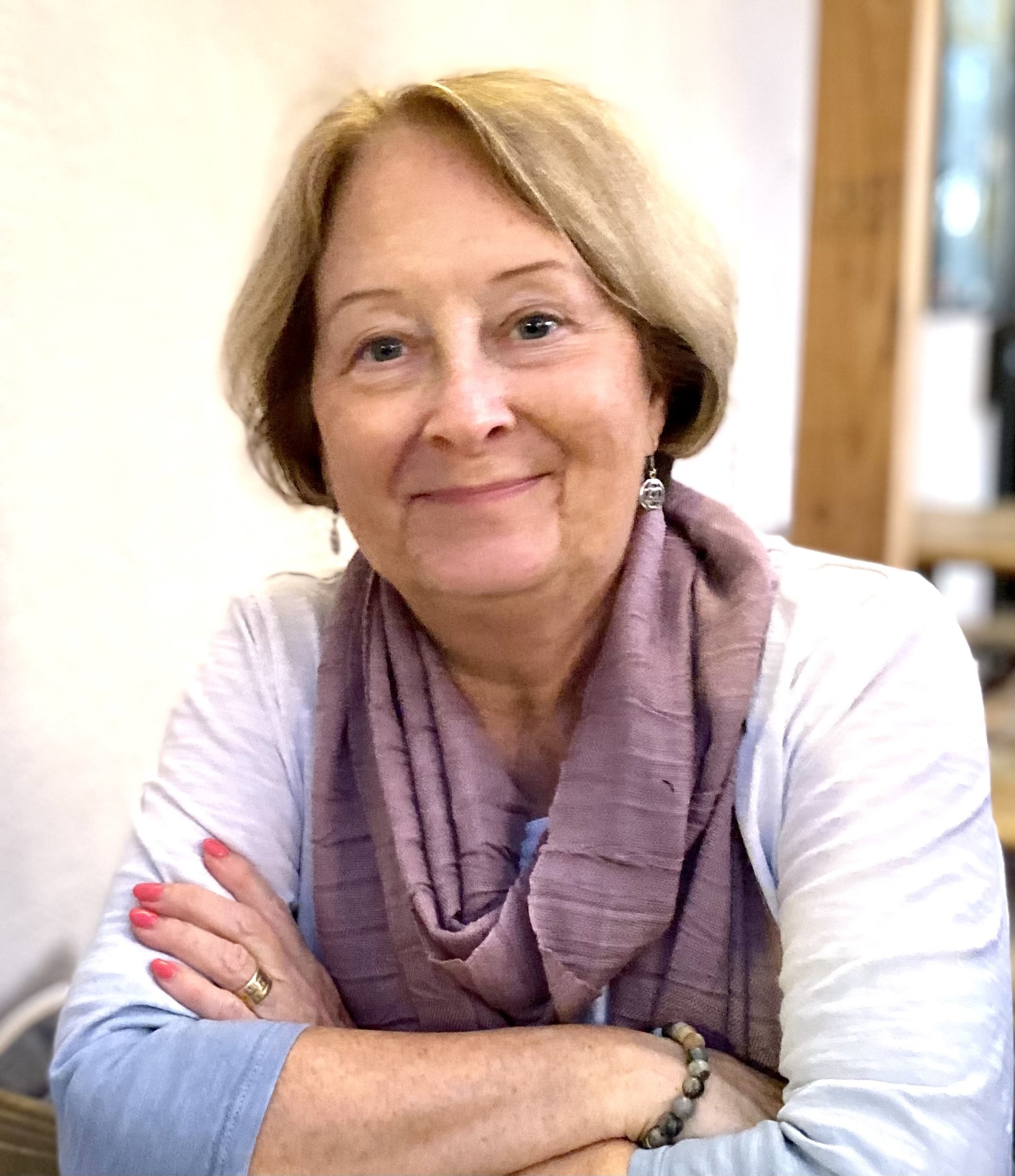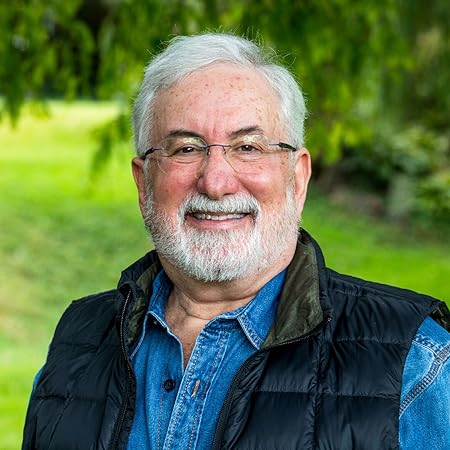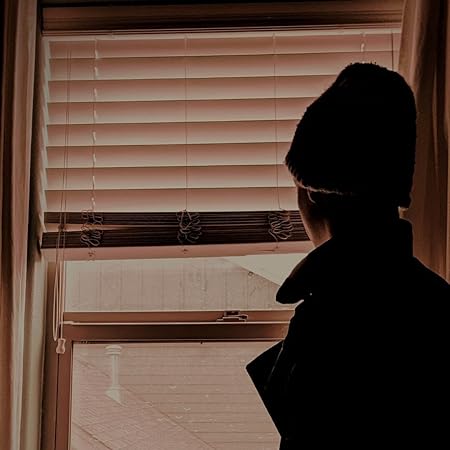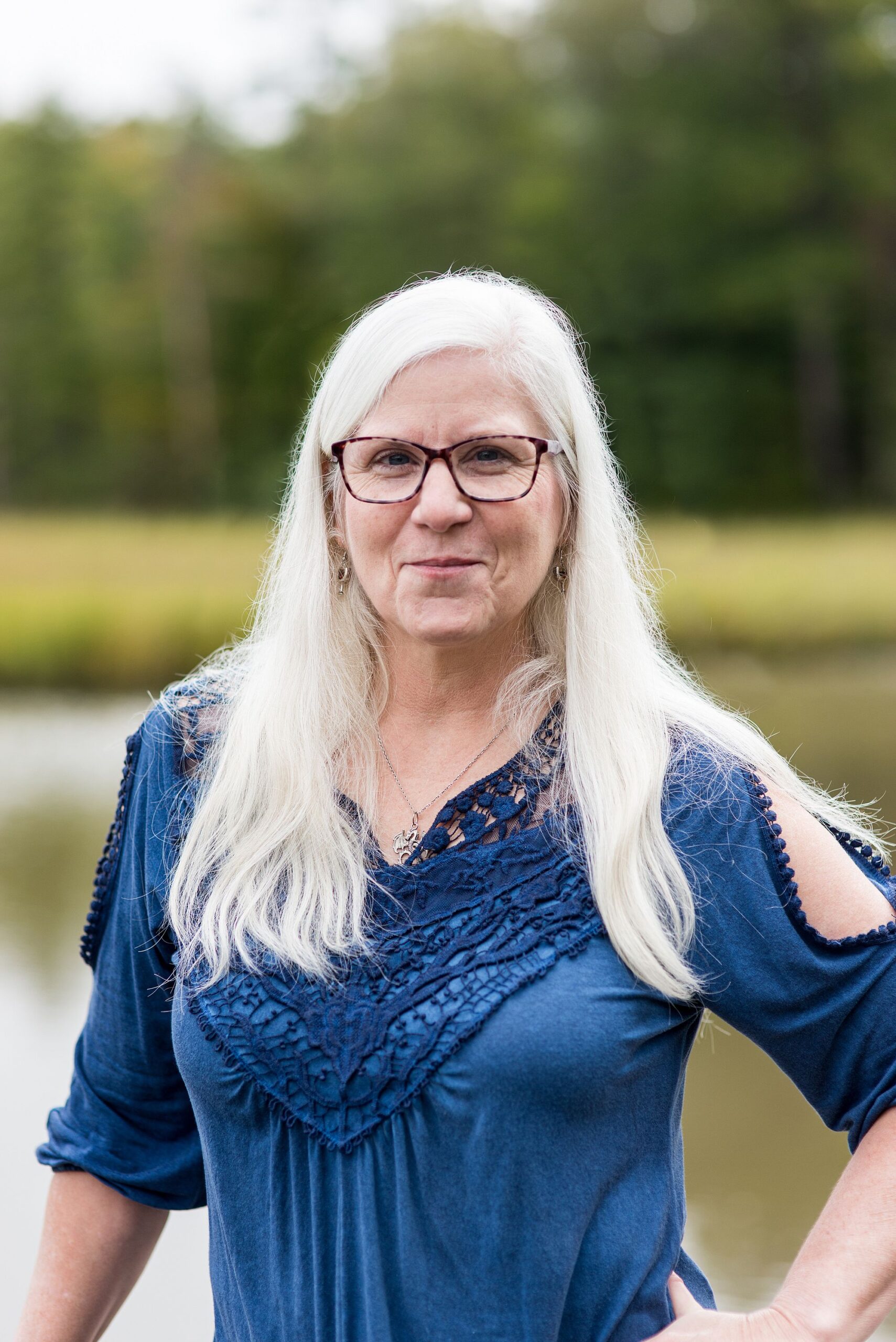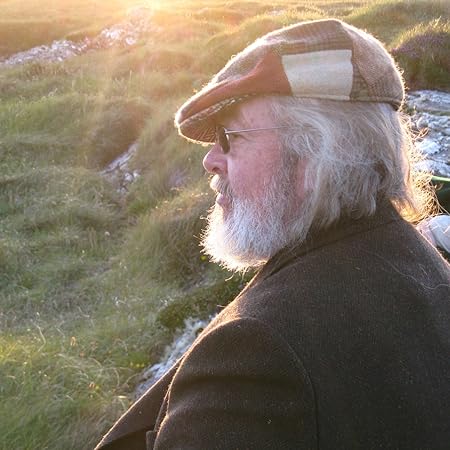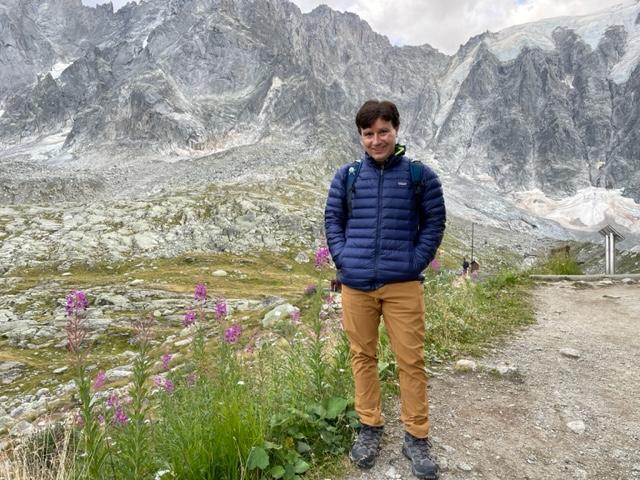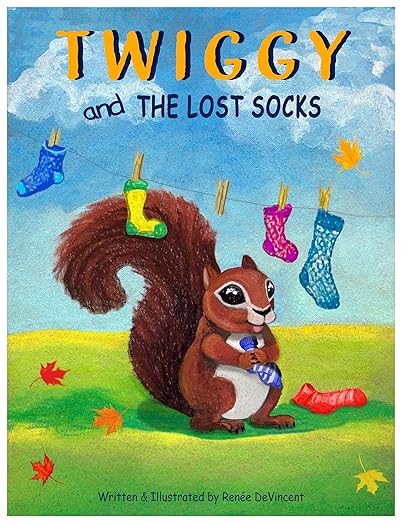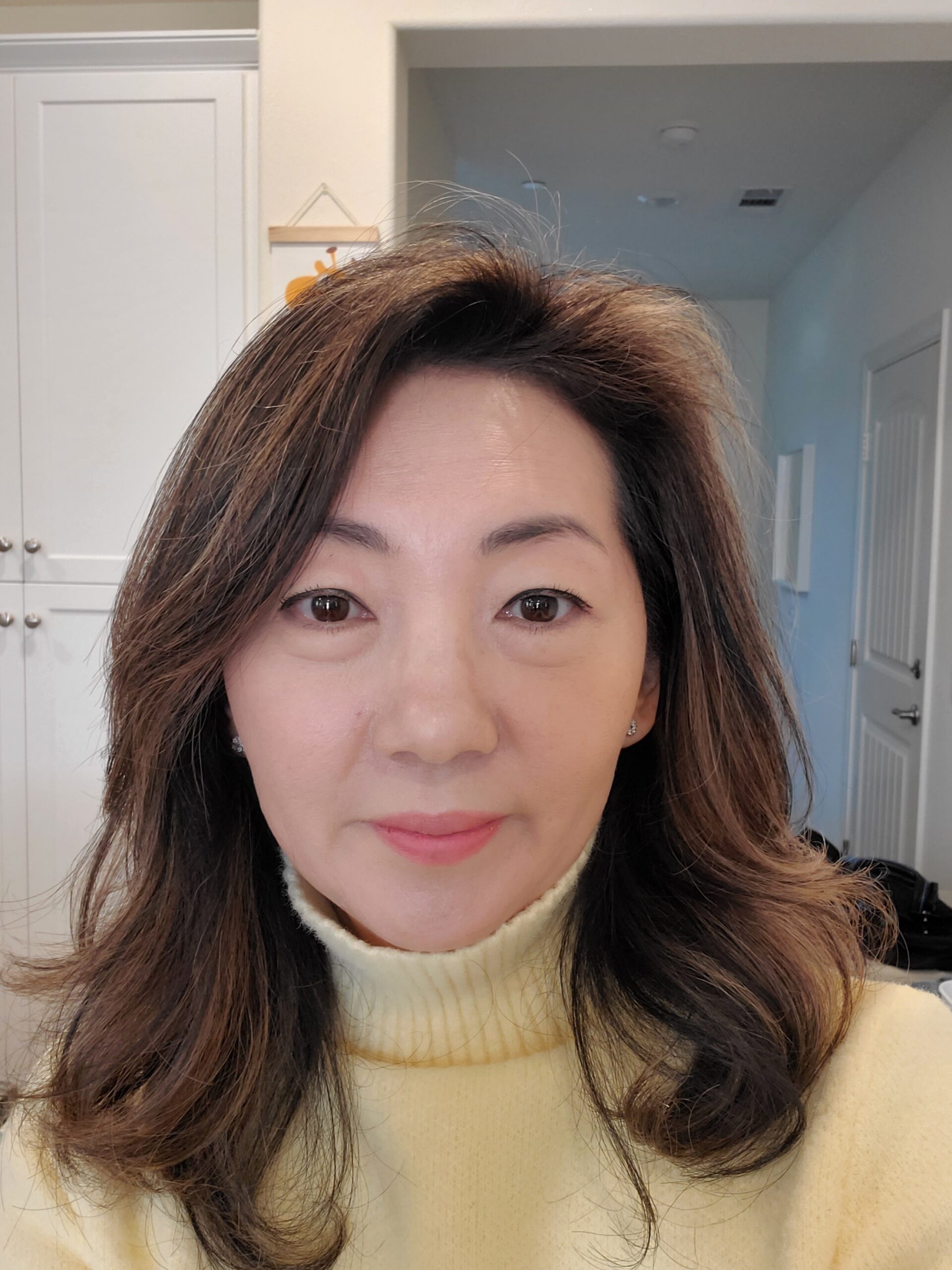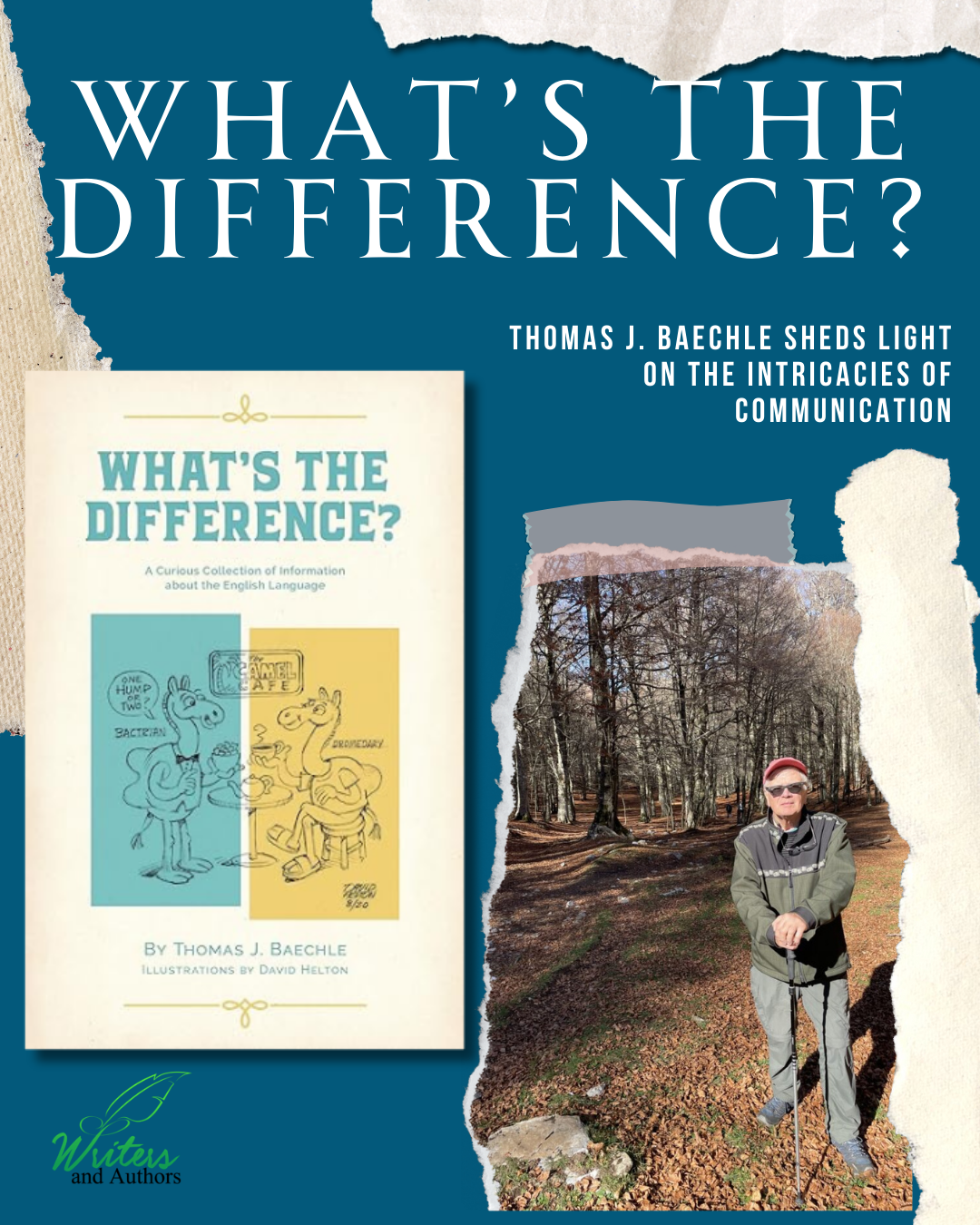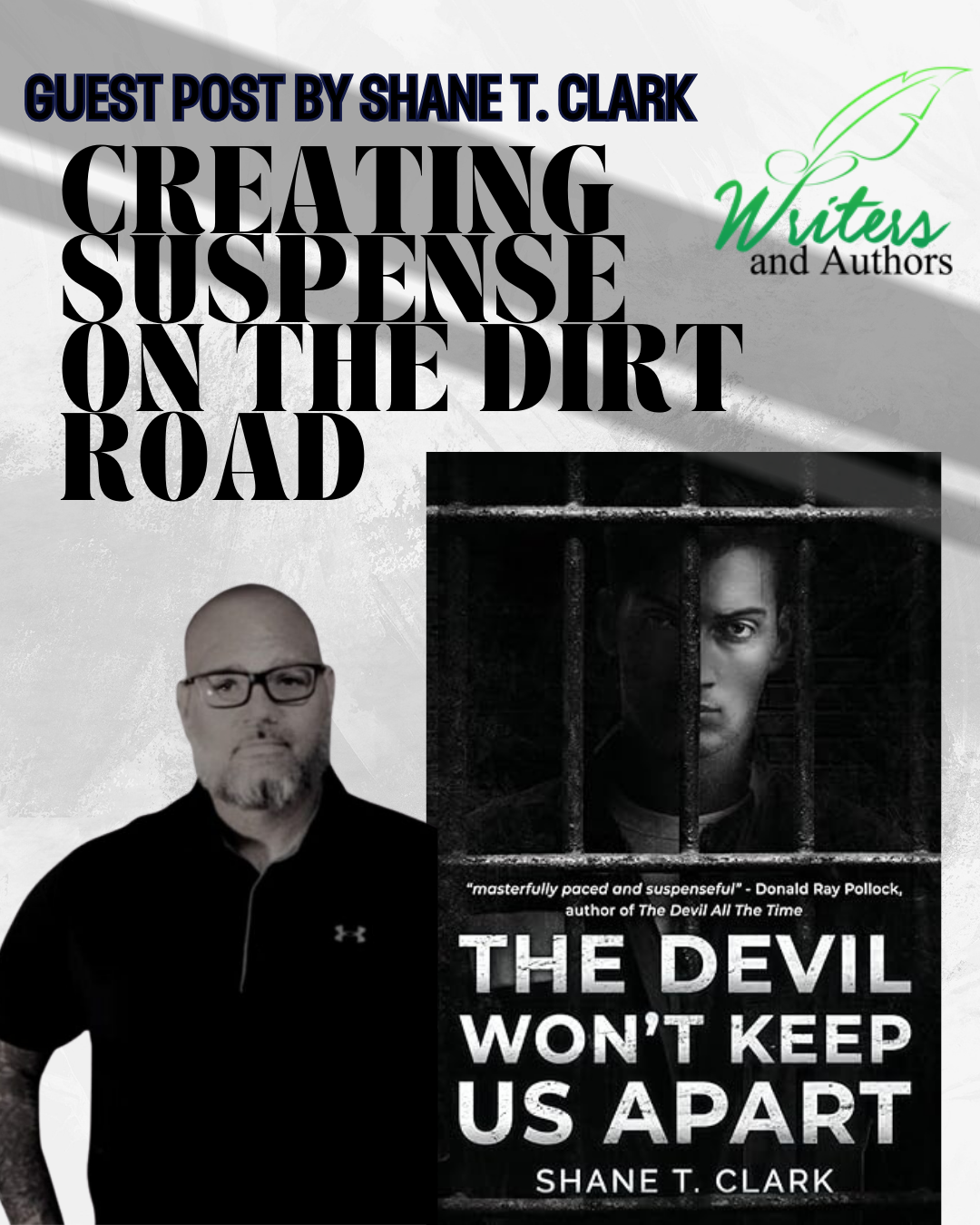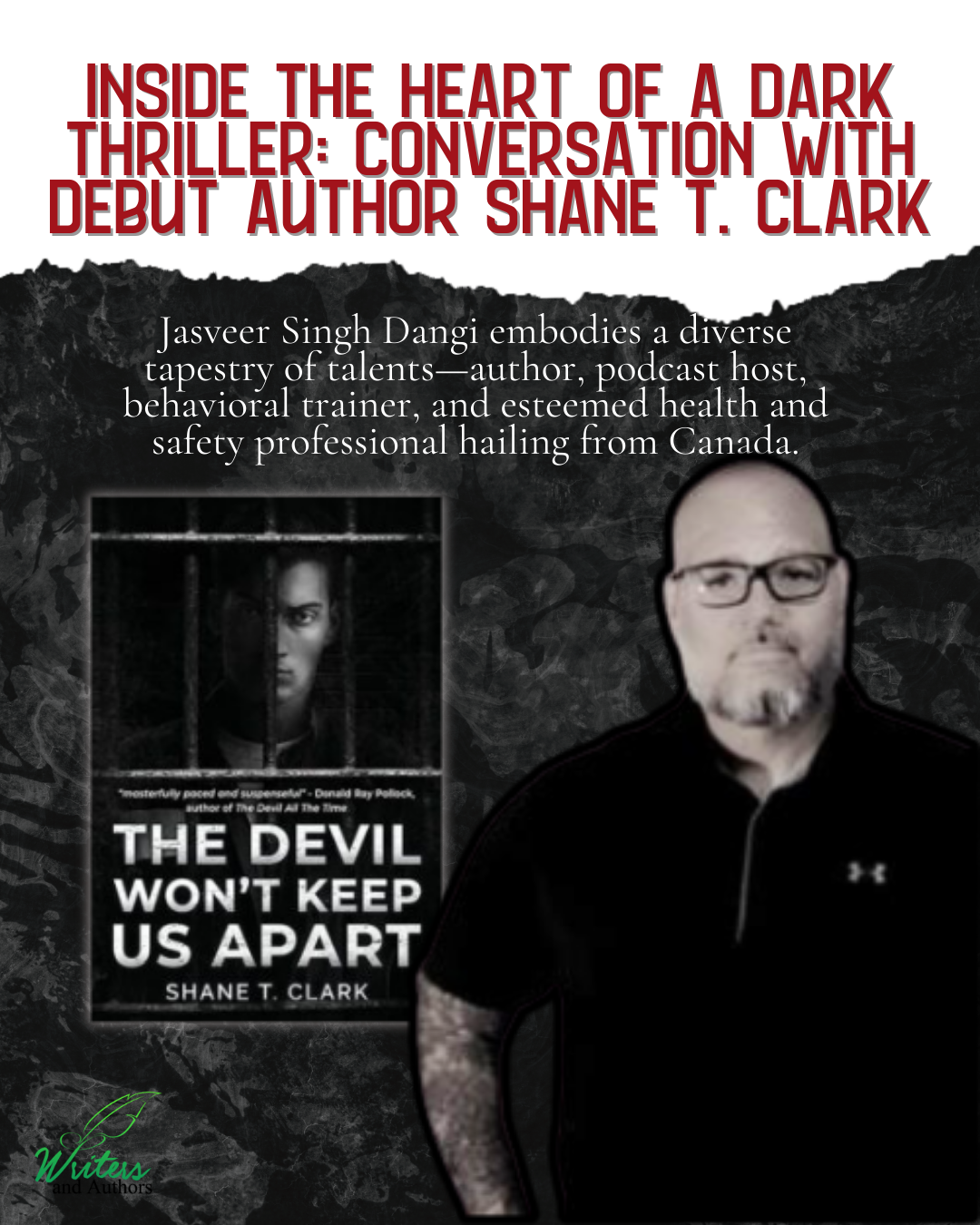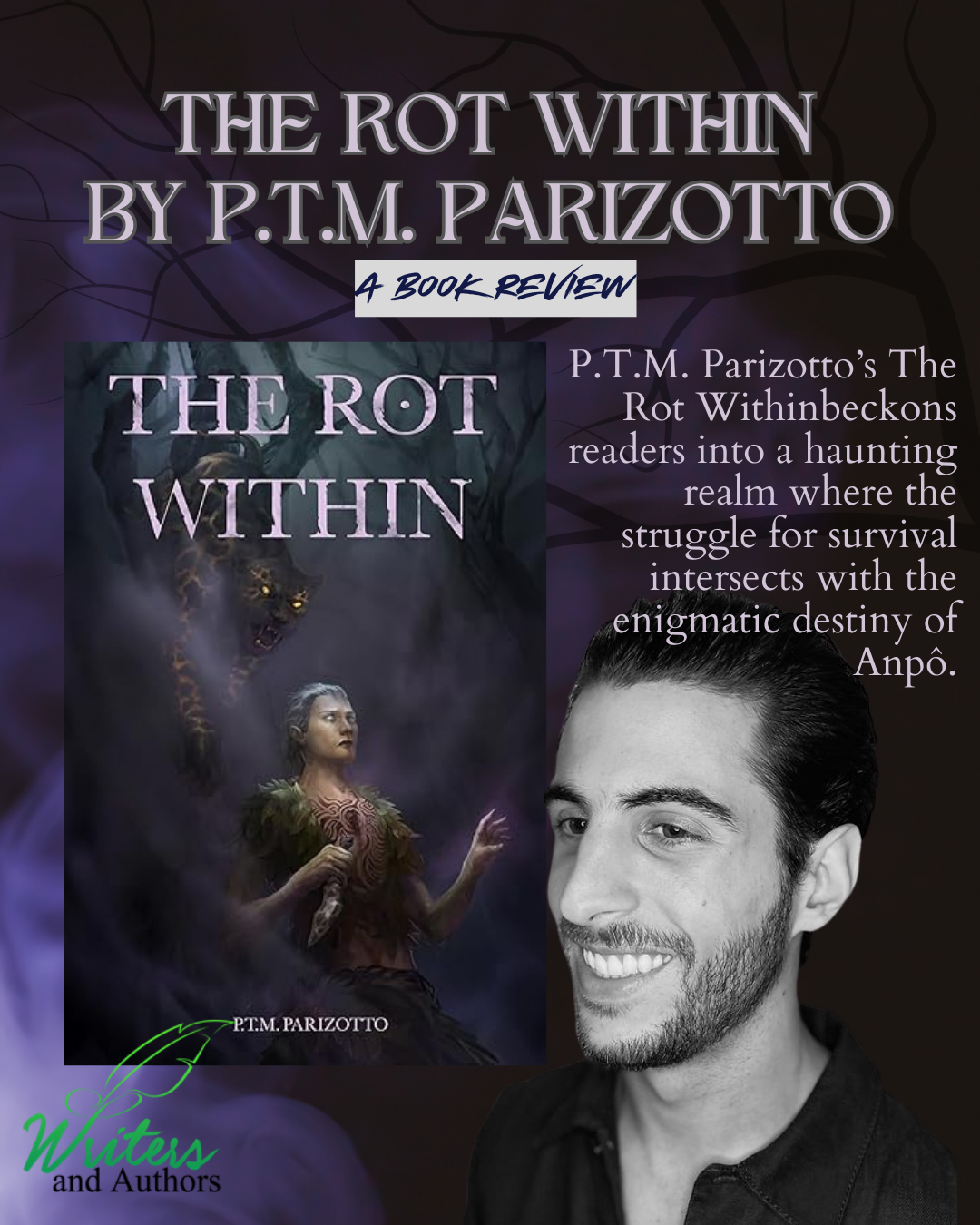Today, we have the pleasure of speaking with Shirley Miller Kamada, author of the historical fiction novel No Quiet Wind. We are excited to hear more about her writing process, the themes she explores in her work, and how her stories bring important moments in history to life. Join us as Shirley shares how she has created a vivid world through her writing that readers can’t help but be drawn into.
NO QUIET WATER shines poignant light on current issues of racism and radical perspectives with strict attention to historical accuracy.
After the U.S. declares war on Japan in 1941, all persons of Japanese descent in the Western U.S. come under suspicion. Curfews are imposed, bank accounts frozen, and FBI agents search homes randomly.
Even though two generations of the Miyota family are American citizens, Fumio, his parents, and his younger sister Kimiko must pack meager belongings and are transported under military escort to the California desert to be held at Camp Manzanar, leaving their farm—the year’s strawberry crop ripe for harvest—and Fumio’s beloved dog Flyer in the care of their good friends and neighbors, the Whitlocks.
The Miyotas suffer prejudice and witness violent protests, are forced to live in squalor, and are provided only poor-quality, unfamiliar food which makes them ill. Later, they are transferred to Idaho’s Camp Minidoka, where Fumio learns what it means to endure and where he discovers a new world of possibility and belonging.
We asked what is the PRIMARY benefit, above all others, that your potential reader will gain from reading this book? Shirley replied reading broadens viewpoints and allows opportunities to walk in others’ shoes, giving us shared experiences with those we might never meet in person. Readers might consider the Miyota family’s experiences and ask themselves what they would do in comparable circumstances.
I like to give readers an opportunity to work through problems in fiction, to find answers to their own dilemmas in the solutions of others.
When asked to compare this book to any other book out there, which book would it be?
Kimberly Brubaker Bradley’s books are carefully researched. The stories are realistic and riveting. I admire her work, and I strive for a comparable level of responsible authorship.
In Ms. Bradley’s The War that Saved My Life, the story is set in World War II and takes place at first in London. When children are evacuated, ten-year-old Ada moves with her brother to the countryside where they live with a woman who does not like children, or people in general. The novel doesn’t shy away from realities of war but focuses on ways war affects those on the home front.
Early reviews of No Quiet Water note that young Fumio not only survives the camps, but he also finds ways to thrive. Encountering the traditional art of taiko drumming, he joins a taiko dojo. Ada, in The War that Saved My Life, happens upon a pony on a neighboring farm and learns to ride.
Similarities in No Quiet Water and The War that Saved My Life are in the lead role of a sympathetic protagonist, clarity of text, scenes that are readily visualized, and suitability for all ages.
Hundreds of thousands of books come out every year. Why should someone buy THIS book?
No Quiet Water is based on extensive research. I discovered that many of what were considered facts are popular misconceptions. An example is the presence at Camp Manzanar of the so-called Black Dragons, a paramilitary, ultranationalist group engaging in criminal activities in Japan. In the 1920s and ‘30s the group moved toward political aims but maintained a reputation for espionage and sabotage. Current study shows that in Manzanar the so-called Black Dragons were not affiliated with that group, rather were bored—and very angry—young men.
We are always curious about the author’s target audience. Shirley said my purpose in writing No Quiet Water was to transcend constraints of genre, gender, and age. The Miyota family and their border collie lived ordinary lives on an island known for berries and wool, high-yield production from small acreages. Bainbridge Island, though, was a mere thirty miles from Puget Sound Naval Shipyard, where battle-damaged Pacific Fleet warships were repaired. An American family, the Miyotas were labeled a threat, forced from their homes, and imprisoned. Clearly, this could happen to anyone.
No Quiet Water has been categorized as middle grades/young adult historical adventure. It is, however, a coming-of-age story suitable for adults as well.
It is common the environment or upbringing play a major role in writing, so we asked Shirley Miller Kamada. She saidI was raised on a farm in northeast Colorado. I treasure memories of that place and time: helping tend our small flock of sheep, feeding chickens and gathering eggs, inhaling the sweet scent of sugar beets dug from rich soil and, in winter, riding on a tractor with my father to meet the school bus when our lane was impassable.
In No Quiet Water I was able to create an authentic picture of a rural lifestyle. The Miyotas raised Marshall strawberries, labor-intensive year-round, a fragile crop that had to be harvested and transported to a cannery within a few hours of first ripening. In addition, they tended a large flock of chickens and provided eggs and the occasional stewing hen to customers. The endless work and care for the land, I understand.
Books of historical fiction often present readers with information on topics new to them. In No Quiet Water, what might fit this description?
Fumio Miyota became aware of taiko drumming during his family’s internment at Manzanar. I first viewed live taiko drumming ten years ago. When visiting Japan to see relatives, my husband Jimmy and I were thrilled to find that KODO, a world-renowned taiko group, was performing near our hotel. After the performance, youngsters were encouraged to try instruments. Today, it is estimated that there are approximately one thousand taiko groups in the United States and Canada.
Taiko drumming is over a thousand years old. *Author Heidi Varian has written, “The taiko drum makes so powerful a sound that in ancient times it was said the boundaries of a Japanese village were determined by how far the sound of the village drum carried. The taiko symbolized community.”
Including ensemble taiko drumming in the story was an artistic choice. In the 1940s, drums accompanied Obon ceremonies, and were used to provide rhythm for the practice of martial arts. Ensemble taiko performances are cited as having appeared in 1951. I believe growth toward ensemble performance had earlier beginnings, and Fumio would have found the dojo both a haven and a place of growth.
*If citation is wanted: The Way of Taiko, Heidi Varian, Stonebridge Press, Second Edition, 2013.
How would you describe your writing style?
I write, most often, as I speak. My goal is clarity. With careful word choice I attempt to paint an image. What I write might be influenced by the ironies of our world and, sometimes, humor where none is intended. I can be very interested in small details. Often, I believe, truth is in those small details.
Are your characters pure fiction, or did you draw from people you know?
This is such an interesting question. I’d say my characters are mostly fiction, although I associate certain character traits with people I’ve known. Of course, any number of seemingly contradictory traits may be at home, or at war, in a person at any given time.
I did specifically model the Miyota family dynamics on those I observed in my husband’s family of birth as well as those in mine. Determined. Hard-working. Fair-minded. Resilient.
Are you more of a character artist or a plot-driven writer?
In creating a story, I follow the lead of characters’ personalities, their strengths and, possibly, weaknesses. I know my main characters’ goals and have an expectation of their pivotal experiences. I might not know how they will reach the story’s endpoint. What will be the nature of their journey? Will they exercise free choice or be under duress? As characters become more defined, the story’s plot reveals itself.
What do you hope to accomplish with your book other than selling it?
Persons of Japanese heritage were targets of extreme prejudice, especially in the months leading up to World War II. They were portrayed as “Public Enemy No. 1” in films, newspaper copy, and on posters featuring vicious caricatures, images calculated to heighten fear and hatred in campaigns to promote military recruitment, increase the sale of war bonds, and justify the imprisonment of nearly 120,000 people. Under a guise of patriotism, Americans were misled to perceive a common, but spurious, enemy, a strategy remarkably similar to Hitler’s in pre-war Germany.
Having appeared to cooperate while enduring such treatment, thereafter Japanese Americans were cavalierly deemed the “model minority,” further separating them—making them more “other”—and effectively pitting them unwillingly against an array of diverse communities. No Quiet Water reminds us of the dangers of basing actions on unquestioned motives. In a country as deeply divided as ours now is, I hope to promote human understanding. I believe that No Quiet Water can be a part of needed healing.
Learn more about Shirley Miller Kamada
My website with email: https://shirleymillerkamada.com/
Facebook: Shirley Miller Kamada | Facebook
Instagram: https://www.instagram.com/shirleymkamadaauthor/
Twitter: https://twitter.com/shirleymkamada
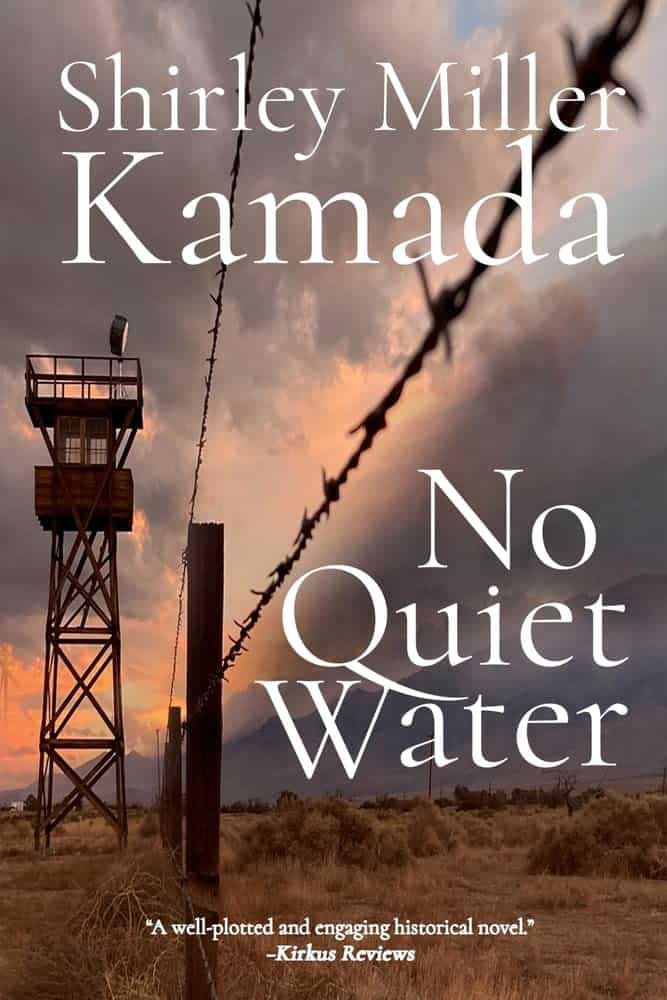 No Quiet Water
No Quiet Water
After the U.S. declares war on Japan in 1941, all persons of Japanese descent in the Western U.S. come under suspicion. Curfews are imposed, bank accounts frozen, and FBI agents search homes randomly.
Despite the fact that two generations of the Miyota family are American citizens, Fumio and his parents and sister Kimiko must pack meager belongings and are transported under military escort to the California desert to be held at Camp Manzanar, leaving their good friends and neighbors the Whitlocks to care for their farm and their dog Flyer.
The Miyotas suffer unimaginable insults, witness prejudice and violent protests, are forced to live in squalor, and are provided only poor-quality, unfamiliar food which makes them ill. Later, they are transferred to Idaho’s Camp Minidoka, where Fumio learns what it means to endure and where he discovers a new world of possibility and belonging.
Lyrical, visual, and rendered with strict attention to historical accuracy, NO QUIET WATER shines a poignant light on current issues of racism and radical perspectives.
Readers purchase No Quiet Water at the following…
No Quiet Water is available on the publisher’s website: Black Rose Writing
On Amazon: Amazon.com: No Quiet Water: 9781685130978: Miller Kamada, Shirley: Books
From Barnes & Noble: No Quiet Water by Shirley Miller Kamada, Paperback | Barnes & Noble® (barnesandnoble.com)
Or ask at your local bookstore!

